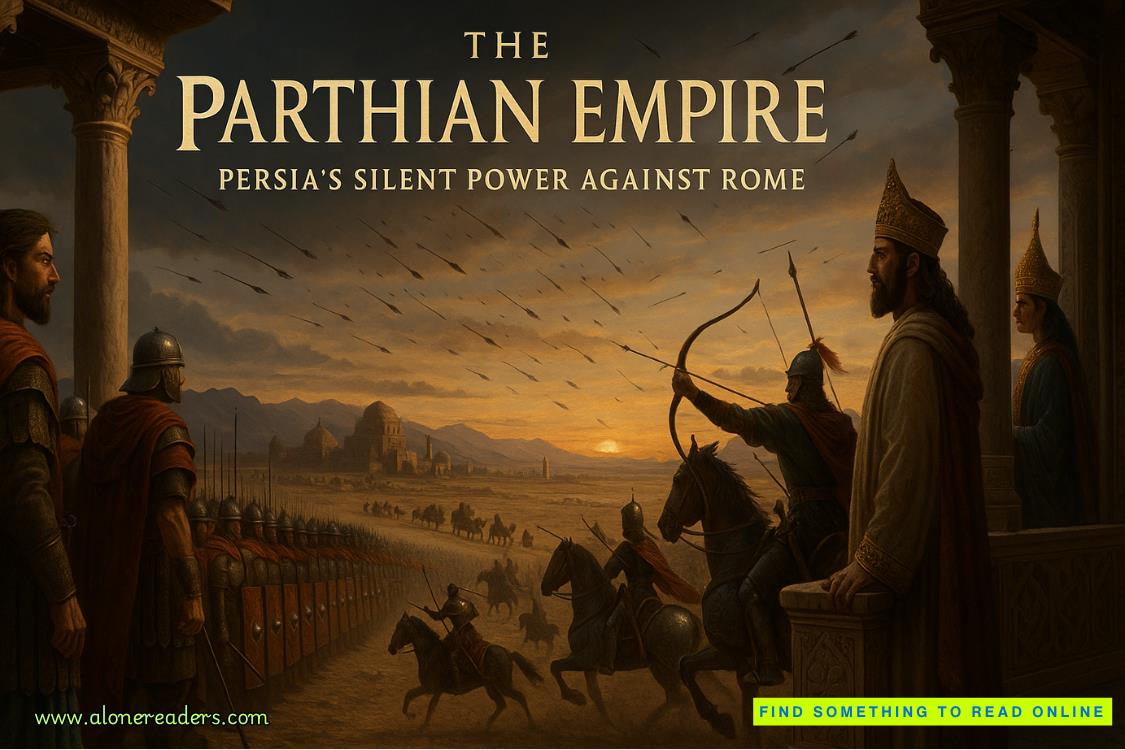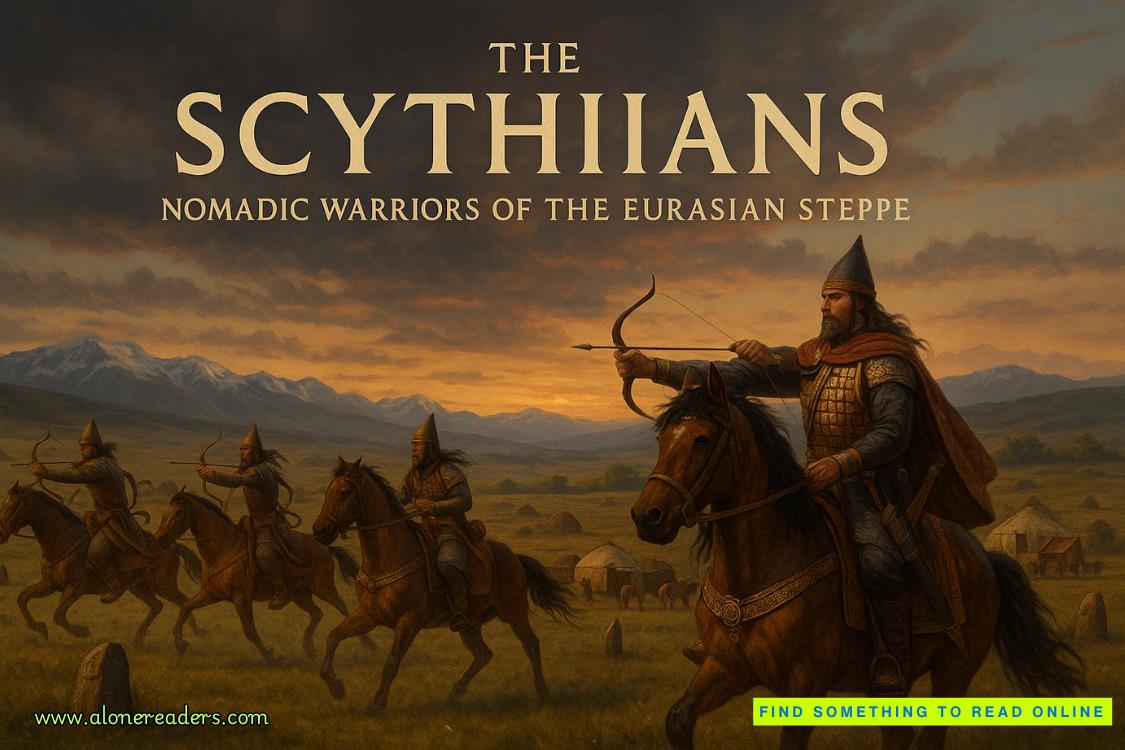Page 21 of Falling For The Single Dad Surgeon
She heard the guttural groan as he slid his way home for the last time, sending her soaring just like before.
And this time, when she fell off the edge, Jake went with her.
CHAPTER FIVE
‘LIGHTS, PLEASE,’ instructed Jake Cooper.
The operating room went dark, almost eerily so, with only the glow of the large operating monitors lighting up the space. And then Jake shone the near-infrared light over his patient’s mouth.
One solid area glowed a purplish hue, with a tiny purplish dot slightly to the side. His patient’s squamous cell carcinoma.
‘There’s our villain,’ Jake announced to the gallery of residents watching this surgery to learn.
Once his team had removed it, along with part of the patient’s jaw, he would pass the surgery on to Krysta Simpson, for her team to start reconstructing a new jaw based off a titanium plate.
All in all, it would be a circa ten-hour, multidisciplinary operation, but if he was honest with himself, he was relieved to be able to concentrate on something other than Flávia Maura.
Memories of that night had haunted him all week, and only his surgeries—demonstrating his clinical trial for residents and esteemed colleagues alike—gave him something else for his focus. So much for his promise to himself of one night, and then his entire focus would be on his responsibility for Brady.
He couldn’t get Flávia out of his head. He even dreamed about her.
It was insanity.
Ejecting the thoughts from his head, Jake focused on the patient in front of him. It was an operation he’d performed many times in the past, but still he never stopped respecting what could happen with any patient on that operating table.
‘That smaller dot there, that’s where the tumour has started to metastasise?’ one of the residents noted via the intercom from the gallery.
‘Right.’ Jake nodded. ‘Too small to show up on any MRIs or CTs pre-op, if we didn’t have the fluorescent contrast agent to light it up, we wouldn’t have known it was there. We’d have resected assuming margins, and then had to wait for the pathology to come back to tell us if those margins were clear. At best, we’d have taken more than we needed, leaving our patient here with more of his jaw missing. At worst, we’d have taken too little and left some tumour in there, and we’d have only found out when the cancer recurred.’
‘So that’s it?’ someone else asked. ‘That tumour dye shows up exactly where the SCC is, and if we take everything that glows, we’ve got it? No need for margins?’
‘That, ladies and gents, is what we’re in this clinical study to determine,’ Jake agreed. ‘But so far, it’s looking good. Anybody know what the national figures are for positive resections following surgery in head and neck squamous cell carcinomas?’
The intercom clicked a few times and then a female voice spoke.
‘I read it was somewhere between fifteen and thirty percent with poor outcomes, ultimately necessitating some form or another of additional therapy.’
‘Gold star, that woman,’ Jake confirmed. ‘So to combat that, we take greater margins and leave the patient with more disfigurement leading to a lowering of quality of life. Now, hopefully, we won’t need to. We can see exactly what we’re doing.’
‘And leave the oral and maxillofacial reconstruction team with more to play with?’ the female added.
‘Right. We’ll be doing a segmental mandibulectomy with a modified radical neck dissection on the left side of the mandibular structure. The reconstruction team are intending to use a plate reconstruction, so our goal is to leave them as much as possible.’
‘Osseointegrated dental implants?’ someone asked.
‘Again, that’ll be up to the OMS team. However, in this case, resection will likely result in significant loss of mandibular support to the teeth—though with this dye showing us exactly where the tumour is, we’ll be able to really keep that to a minimum. Nevertheless, I think we can expect to lose all but one, maybe two molars, and a couple of root stumps, so conventional dental solutions will be unfeasible.’
* * *
Jake worked steadily for hours, careful to take all the tumour but leave as much healthy tissue as he could, and ensuring he stayed away from any major nerves which, if damaged, could leave the patient with facial paralysis, and finally he was on the last bit, and Krysta and her team were entering the OR ready for handover.
‘How’s it going?’ Krysta asked.
‘It’s gone well,’ Jake confirmed. ‘We’re completing a type-L modified neck dissection. The patient has remained stable throughout and there have been no complications. I’ve concentrated on areas here, and here, which is where the contrast agent highlighted areas outside of the normal scans.’
‘Nice,’ Krysta approved.
‘I’ve left as much of the ascending ramus and condyle as possible.’















